The unicorn, its secret abode and a curious attempt at paleo-reconstruction that causes Spanish shame (13 photos)
The unicorn is perhaps the most romantic creature of ancient legends. A meeting with him promised the lucky one all sorts of goodies. And since he was a pure and bright creature, it was exclusively up to innocent girls to lure the unicorn. 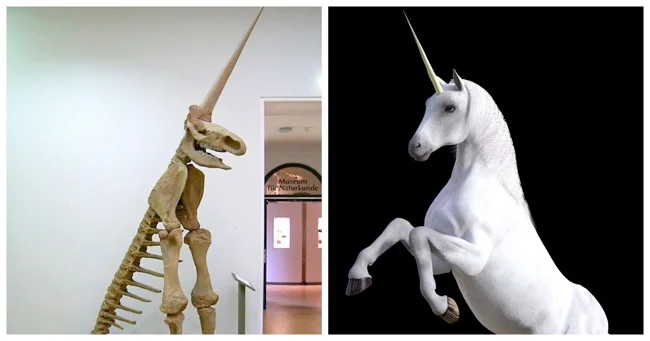
But if the image of the beast remains in culture, there must be some prerequisites for its existence. And evidence. For example, bones or fossils. 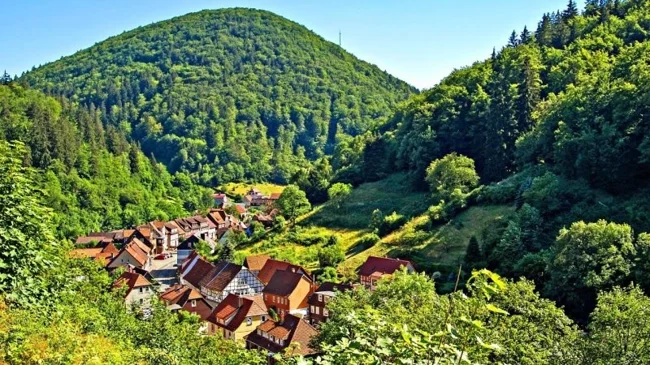
Harz Mountains in Germany
Just north of the village of Scharzfeld in central Germany lies a stunning cave system in the Western Harz highlands. Formed over thousands of years by water washing away rocks, these caves are impressive and attract thousands of tourists from around the world. 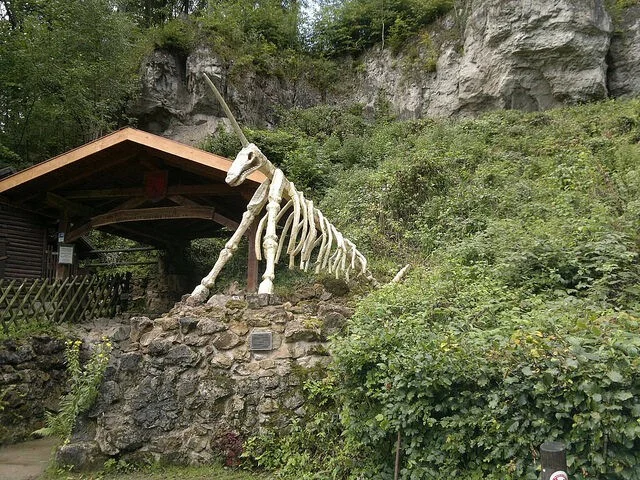
Cave entrance
Perhaps the most impressive of all the caves, and certainly the one that attracts the most visitors, has the intriguing name - Unicorn Cave. Its history is long, interesting and associated with a certain curious misconception.
Known since at least 1541, this cave holds a special place in the legends of the area. It is believed that they once lived in it... Yes, yes, they are the same: unicorns.
Two legs, one horn, logic has left the chat 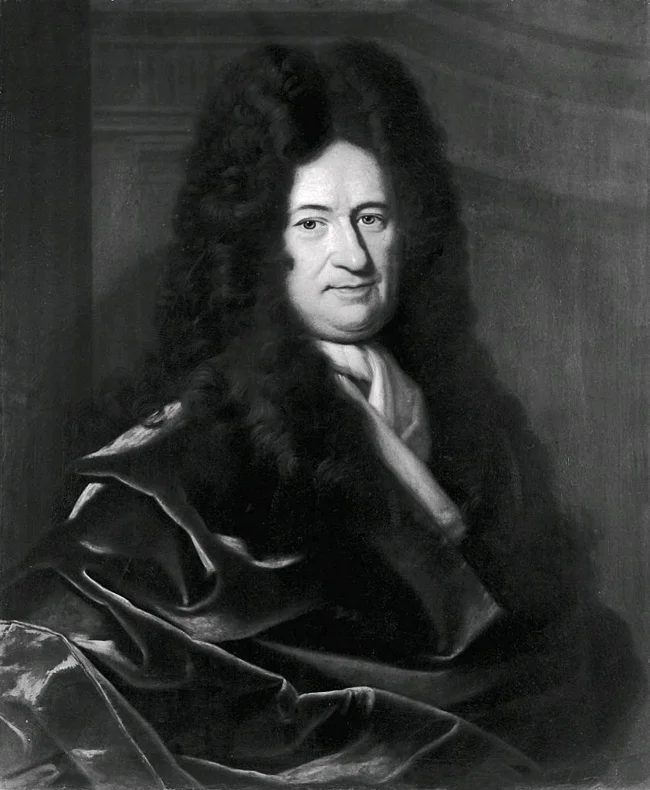
Gottfried Wilhelm Leibniz
In 1686, the German polymath and part-time rival of Isaac Newton, Gottfried Wilhelm Leibniz, visited these places. Intrigued by the brisk trade in the highly plentiful unicorn parts, he wrote a report on the cave in which he mentioned that the locals had discovered unicorn bones inside.
Apparently, local residents grinded the unicorn bones, which were constantly found in the depths of the caves, with great diligence, and sold the powder to visitors. In those days, it was believed that the bones of the beast had almost unlimited possibilities in terms of healing from all sorts of ailments and almost granted immortality. 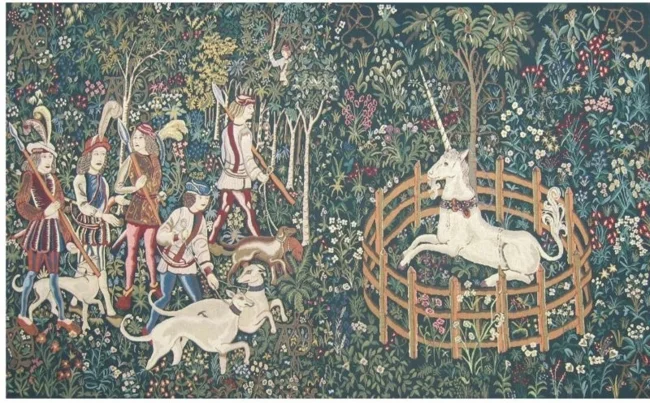
Demand creates supply. And you need a lot of powder. And since you can’t have enough unicorns for everyone, other bones were also used.
How did the legends about unicorns inhabiting the cave appear? 
The story is this: one day a wise woman who lived nearby was threatened by a monk in the company of warriors. The unicorn appeared to protect the woman, and the monk was swallowed up by bottomless caves. 
Otto von Guericke, another German scientist and physicist famous for his experiments with vacuum, also visited this place in the 17th century as an official burgomaster of Magdeburg, the provincial capital. His report was surpassed by the one compiled by Leibniz. The physicist stated that he saw the bones themselves. 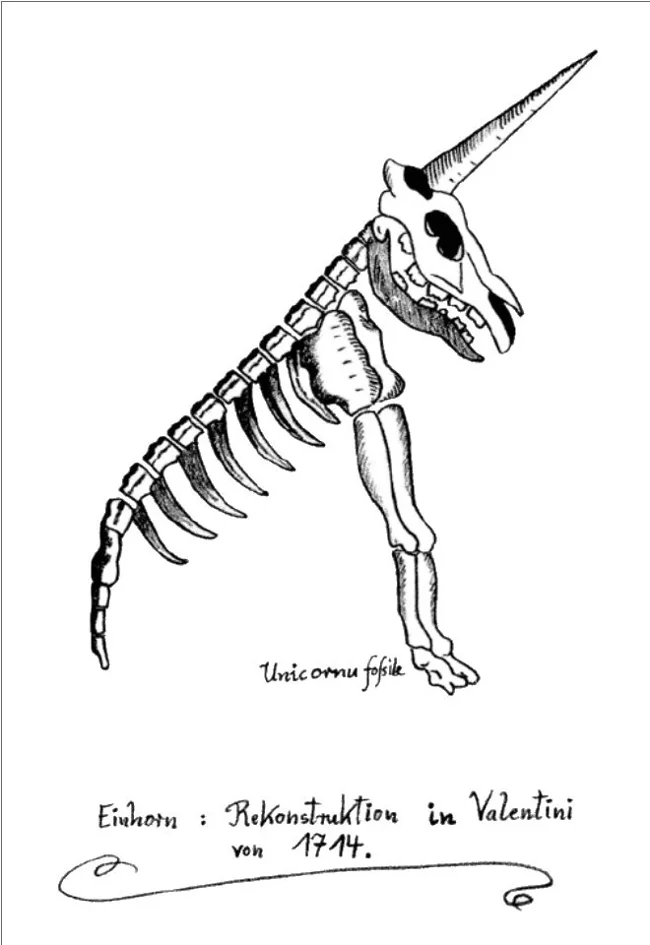
Guericke's opinion was as firm as the rock of the caves: these were indeed the bones of a unicorn. And period. And he decided to recreate the appearance of the mighty beast through reconstruction. Although it was Leibniz who ultimately completed the drawing in which he depicted this unicorn. 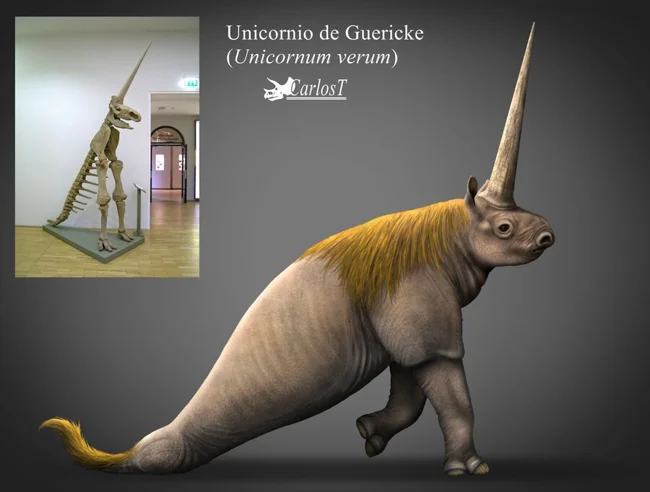
The beast looked strange, to put it mildly. He really had one horn, but only two legs, disproportionately long compared to the body and tail. The reconstruction showed that this animal was supposed to crawl along the ground like a mutant caterpillar, and even with a giant horn sticking out forward. 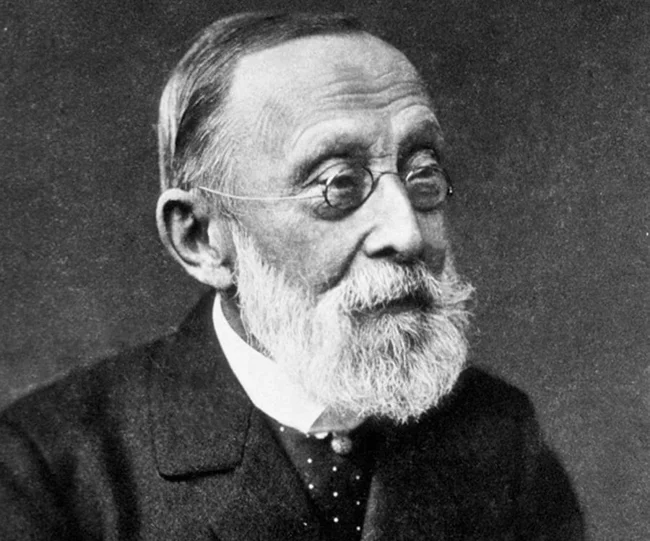
Rudolf Virchow
It is unlikely that this image corresponded to the image of a graceful aerial creature. But the reconstruction stuck. And another two centuries passed before the glaring errors of Guericke and Leibniz were identified and exposed. In 1872, Rudolf Virchow, a German scientist, physician, pathologist, physiologist, known as the father of pathology, also visited the cave with a more skeptical approach.
Virchow conducted excavations and determined that the bones he found in the caves belonged to extinct species of bears, as well as mammoths and cave lions.
In total, more than 70 different types of animal bones were found there. The unicorn's horn turned out to be the tusk of a narwhal. 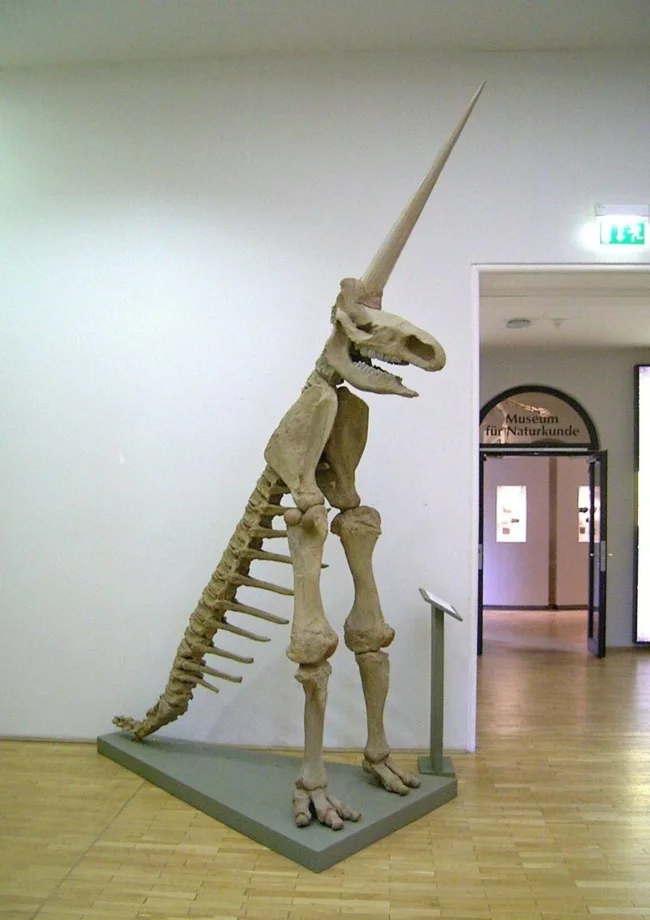
The skeleton is still in the Natural History Museum Magdeburg
For a modern person, the Magdeburg Unicorn, as the reconstruction began to be called, looks funny and absurd. It is immediately clear that the animal concocted from bones could not exist in reality, and the skeleton was clearly assembled on the basis of material from representatives of different species.
But over two centuries, the idea of unicorns living in caves has gone from local rumor to lucrative business to not-so-scientific reconstruction. 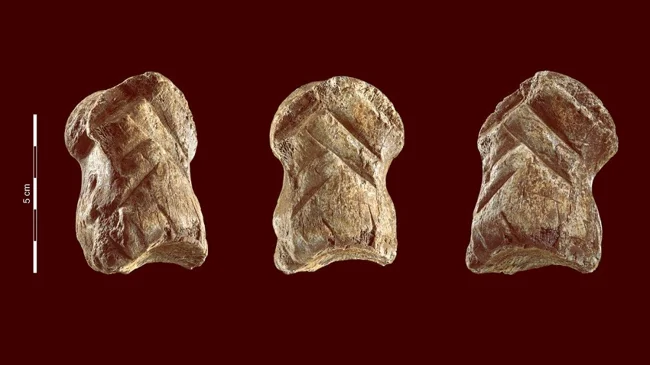
51,000-year-old carved bone of a giant deer found at the entrance to the Einhornhole cave in northern Germany
There is one small nuance in this story regarding the caves themselves. In 2021, something truly unusual was found there that deserves much more attention than a ridiculous fictional unicorn.
Known as the Einhornhole Giant Deer Bone, it is the oldest piece of European art ever found. It was also not made by humans: experts believe that the carved antlers are the work of Neanderthals. 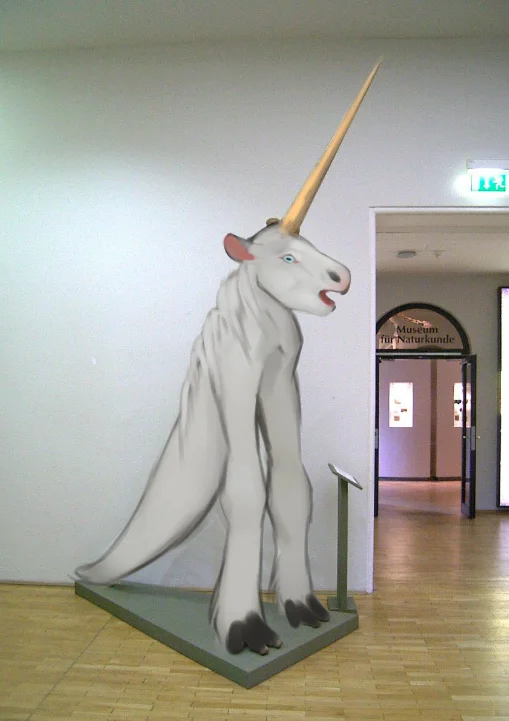
After all, there really is magic in the cave. However, it is not at all similar to the vision of Guericke and Leibniz. And, unfortunately (or fortunately) it has nothing to do with unicorns.
